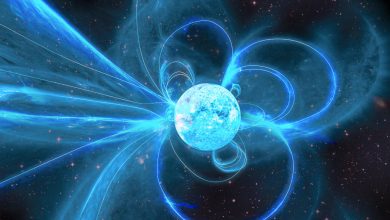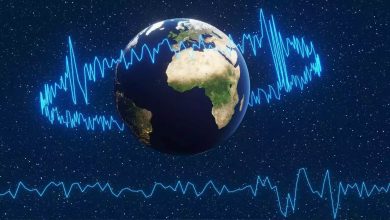How do mass extinctions help find complex alien life?

Science: Over its 4.5 billion-year history, Earth has suffered several mass extinctions, each of which wiped out more than three-quarters of the planet’s species and greatly reduced its biodiversity. These contractions in Earth’s overall biodiversity can be triggered by both non-living processes, such as volcanic eruptions or asteroid collisions, and living processes, such as organisms changing Earth’s atmospheric chemistry.
Yet life often bounces back. In fact, over the long term, life on Earth has progressed toward increasingly complex forms and ecological organization despite some of these regular setbacks. Periods of stress and their resulting mass extinctions pose an existential threat to life on the planet as a whole. However, in a paper published in May in the preprint database arXiv, researchers make the case that, over the long term, drastic changes in Earth’s environment create opportunities for evolutionary exploration and enable greater biodiversity and populous, stable states among living species than during more tranquil periods. The authors propose that life may actually become more resilient on scales of millions to billions of years because of these events.
“These events can either be a disaster or the best thing for our planet, depending on which perspective you’re looking from,” Arwen Nicholson, a planetary scientist at the University of Exeter in the U.K. and a co-author of the paper, told Space.com. In the new paper, the authors take a “Gaian” view of life and its relationship to Earth. The theory proposes that life interacts with and modifies non-living processes on Earth, such as the carbon cycle, to maintain — and even improve — the conditions for life across the planet. An analogy for this relationship is how our body maintains homeostasis by regulating physiological variables that are essential to our survival, such as body temperature and blood sugar levels. In this way, life is seen as co-regulating physical processes on Earth, with the goal of maintaining conditions favorable for life on the planet – what you could call planetary homeostasis.





